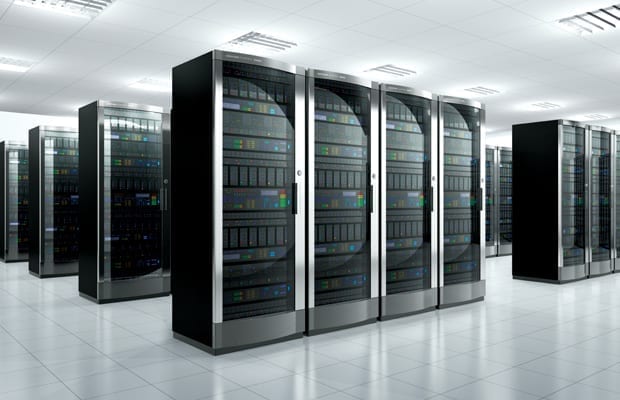As 2017 gets underway, Vikram Mulye, Head, Enterprise Business Group, Lenovo India shares his predictions for what 2017 holds in store for the datacentre market.
Analytics
Business needs arising out of SMAC (social, mobile, analytics and cloud) will drive customer buying behaviour in 2017. Businesses today are looking to their IT organisations for near real-time analysis of data to understand their customers, buying trends, external changes and much more. To gain better business insights, organisations need to manage the volume, variety, and velocity of data, while applying analytics. Analytics is helping businesses in getting opportunities, partners and suitable customers. Whether your business supports a high-performance data centre or a small office with limited IT resources, analytics solutions can help your organization to align and integrate processes, communicate with employees, partners, suppliers, and customers in new ways, improve efficiency, and fully use your IT investment to increase the value of your business.
We also see a trend of customers moving towards a hybrid cloud wherein customers balance their workloads across a private cloud and a public cloud; getting benefits of both suitably – lower TCO and easier management through public cloud and better control and security through private cloud.
High-performance Computing
Demand for High Performance Computing solutions is seen increasing across the entire IT spectrum. Till now we saw research labs, higher education institutions, and defence labs investing in state of the art HPC infrastructure to develop the latest and best products in their respective domains. With the government’s focus on these areas, we such investments further going up in 2017 and beyond. The National Supercomputing Mission of the Govt. of India too will drive huge investments in HPC solutions.
Apart from this, we see many private corporates harnessing the power of HPC solutions for various business needs. These are extensively used in the fields of industrial and auto design, financial analytics, EDA, Oil & Gas, and even in sectors like insurance.
Software-Defined storage and network
Customers are now looking for more open and secured solution and move away from products that bind them to legacy systems and lead to high TCO. In line with this trend, we see the emergence of Software Defined Storage (SDS). SDS solutions offer customers the ability to lower their initial investments and to scale up infrastructure as they grow.
With SDS, customers can depend on powerful software stacks and industry-standard servers to gain enterprise storage functionalities. While reducing TCO, SDS doesn’t compromise on any of the enterprise storage needs.
Additionally, at contemporary capacity levels, traditional storage architectures once thought to be scalable are no longer sufficient. Software-defined storage (SDS) solutions, have emerged to offer not just enhanced scalability, but also agility, flexibility, and efficiency. These SDS solutions provide IT organizations the ability to more easily deploy, tailor, and evolve the hardware infrastructure to the needs of the workload.
Hyper-convergence
With Hyper-convergence, enterprises now have an exciting new infrastructure choice to break down IT silos and reduce data centre complexity and cost, while elevating IT to enable the business. Data centre customers face unprecedented levels of infrastructure complexity due to cloud, analytics and mobility trends and the associated rise of data.
Hyper-convergence allows customers to start with “right-sized but scalable” IT investments without committing to a higher cost solution upfront. This technology allows customers to condense the typical 3-tier architecture and gives them building blocks which can be added on the fly to support business growth.
Customers have a choice of either deploying appliances or have an alternative approach of ‘Build your own stack’; while reaping benefits of hyper-convergence.
